|
The bigger, hotter fires that are occurring in the southwestern US present some real challenges for both forests and society. In many of the more recent big fires, about 20-40% of the area burned is really hot and kills the overstory trees. This changes the environment because the overstory trees that provided shade are no longer alive. One of the things that we’re trying to understand is how tree seedlings survive (or don’t) in this hotter drier environment. To begin, we wanted to start a pilot project so we could collect some preliminary information and figure out some of the logistical challenges. One thing that I’ve learned in my research career so far is that about half of what seem like good ideas in the lab don’t work in the field and that things almost always take 50% longer than I figured they would. On 1 April, Dunbar and I drove up to Santa Fe to pick up 196 seedlings to begin a pilot regeneration study in the footprint of the Las Conchas fire on the east flank of the Jemez Mountains. While there hadn’t been much in the way of precipitation since early February, we headed northwest out of Santa Fe to find it snowing hard at about 7000 feet. We arrive at the forest road to find the gate locked until 15 April and all I can think is – it will be much warmer sleeping in my bed tonight if we can’t get through this gate. My hopes for a warm night of sleep were quickly dashed as the good folks at the USFS Jemez Ranger district let us through the gate. C’est la vie. As we ventured down the road, we found lots of fire-killed trees that came down during the winter. So we got to work clearing as we went so we could locate places to plant the seedlings. After getting as far down the road as we needed to get to reach the lowest elevation we planned to plant, we began the slow process of scoping out locations that met the various criteria we hypothesize are important for influencing seedling survival and growth. From this pilot project we are hoping to get some preliminary data on how seedling survival and growth vary depending on which aspect they are planted. We know that a big, hot wildfire that kills large patches of overstory trees changes the conditions on the ground. Specifically, without the shade that the large trees provide, the conditions at ground level get hotter and drier. Since north facing slopes receive less of the Sun’s energy and south facing slopes receive more energy, we think that seedlings will have a better chance of surviving and will grow faster on north facing aspects and a lower chance of surviving and less growth on south facing aspects. That day we identified a number of locations that met our criteria and decided it was time to set up camp for the night. We found a great spot on the edge of a canyon to spend the night. Of course it was a cold night, with temperatures in the teens. That is when I figured out that my 15 degree sleeping bag no longer lived up to its temperature rating. It was a looooong night. After we each had a large bowl of oatmeal (mmmm, like I didn’t eat enough of that every day for four months each field season during grad school) we headed out to start planting. We began planting and deploying the sensors to measure temperature and relative humidity (you can read about building your own space mushrooms here). Since we think that seedling survival and growth will be largely a function of how hot and dry the environment is, we need to measure how temperature and relative humidity vary by aspect. Now, for the things not working and taking longer than I expected part… I figured that planting seedlings would require a good shovel with a long, narrow blade. I was right, I just chose incorrectly when I purchased the shovel that I thought would do the job. Those long, narrow blade shovels they sell at the home improvement store probably work real well if you are trying to plant in your yard, but when the soil is rocky, they are a challenge to get into the ground and the blade tends to flex A LOT (and bend) when you are trying to create a hole for your seedling. That leads me to the taking longer part. I figured that it would take 4-5 hours and we would head out around 12 or 1pm. Well, add 50%.
In research we typically develop pilot projects so we can obtain preliminary data to refine our hypotheses. In this case we’ll probably find that temperature and relative humidity only explain part of survival and growth. Some other things we plan to measure will hopefully explain the rest of the variability. The other thing that pilot projects are really useful for is figuring out how poorly conceived your approach is and how LONG something is really going to take. As it turns out, several companies make robust metal shovel looking things that are made especially for planting seedlings in rocky forest soils. Imagine that. And, while my mind tells me that I can surely be hunched over all day wrestling with rocky soil and a shovel, my body told me that afternoon that there was no way it was going to happen two days in a row. Lessons learned! Stay tuned for future planting adventures because we were recently awarded a grant from the Joint Fire Science Program to implement the full-fledged planting experiment. We just ordered about 600 trees to plant this coming fall and of course I’ll be purchasing several of those special planting shovels and an economy size bottle of ibuprofen.
0 Comments
Your comment will be posted after it is approved.
Leave a Reply. |
Details
Archives
October 2023
Categories
All
|
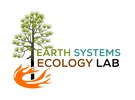
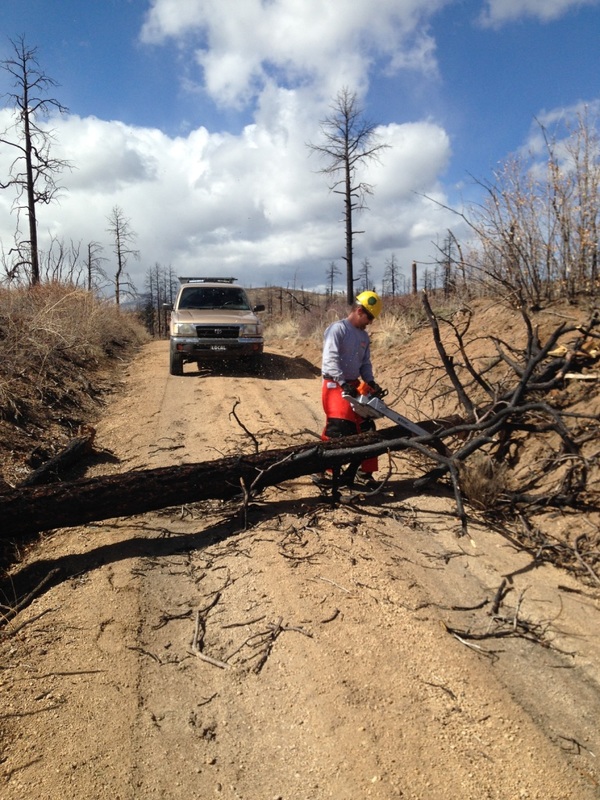
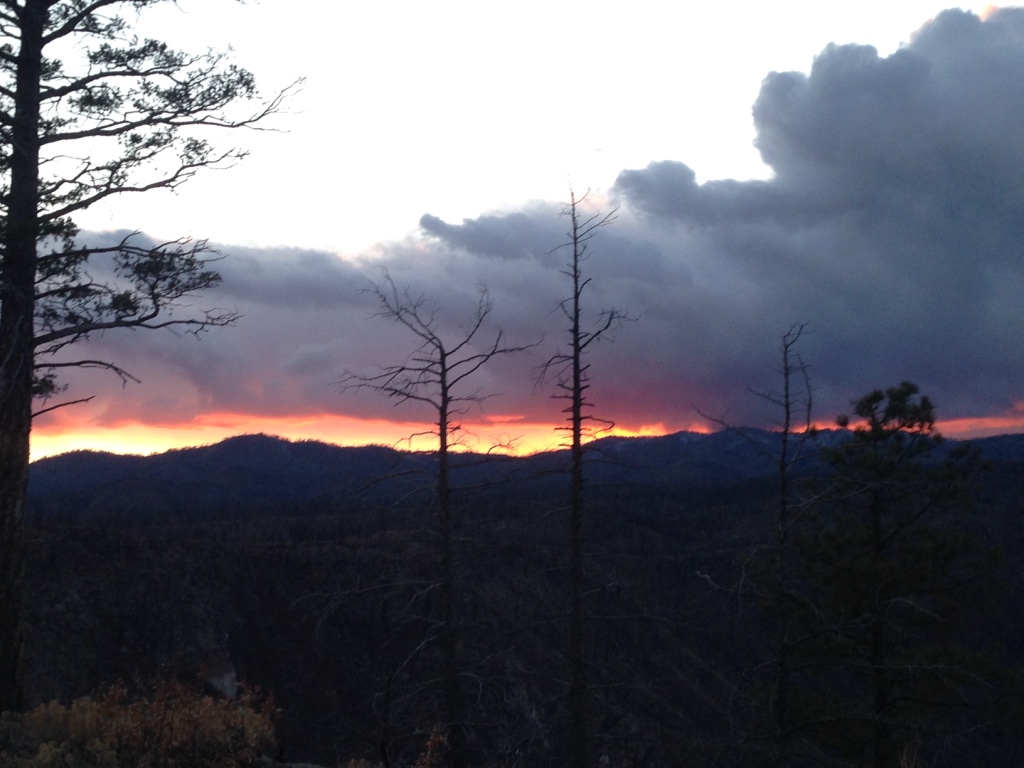
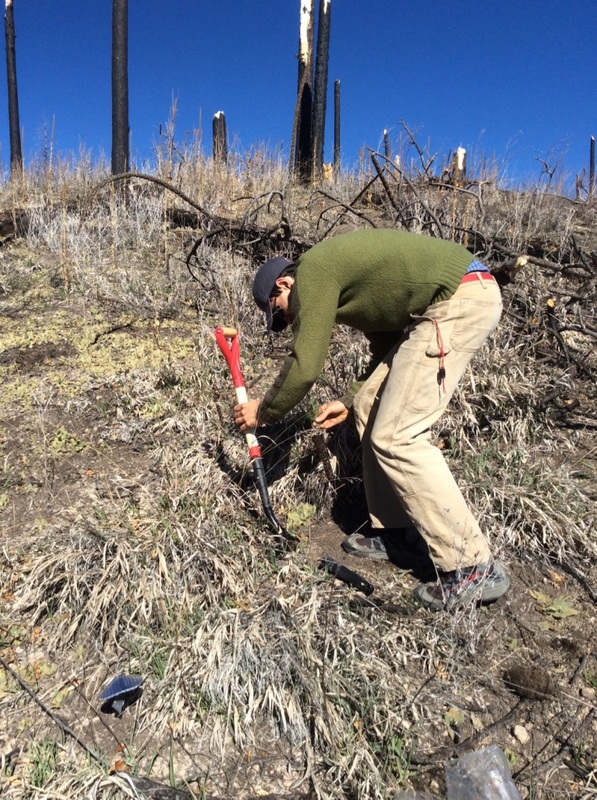
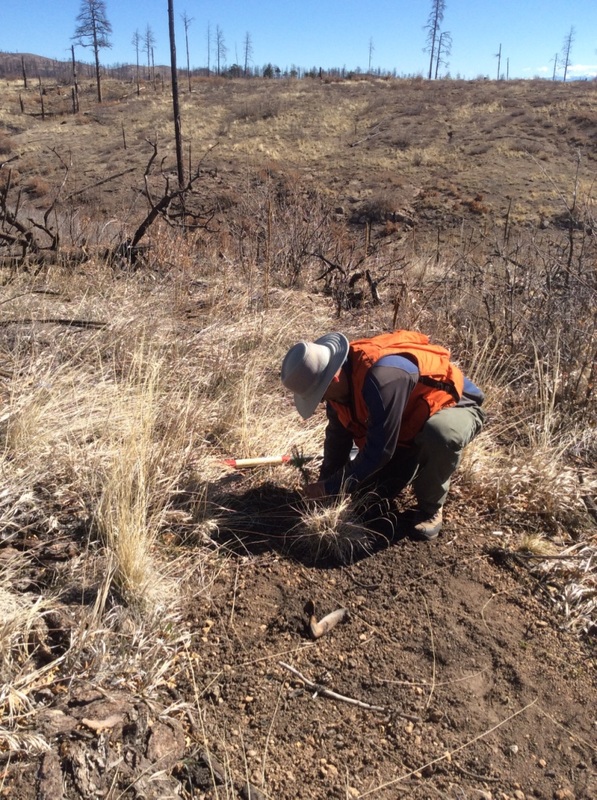
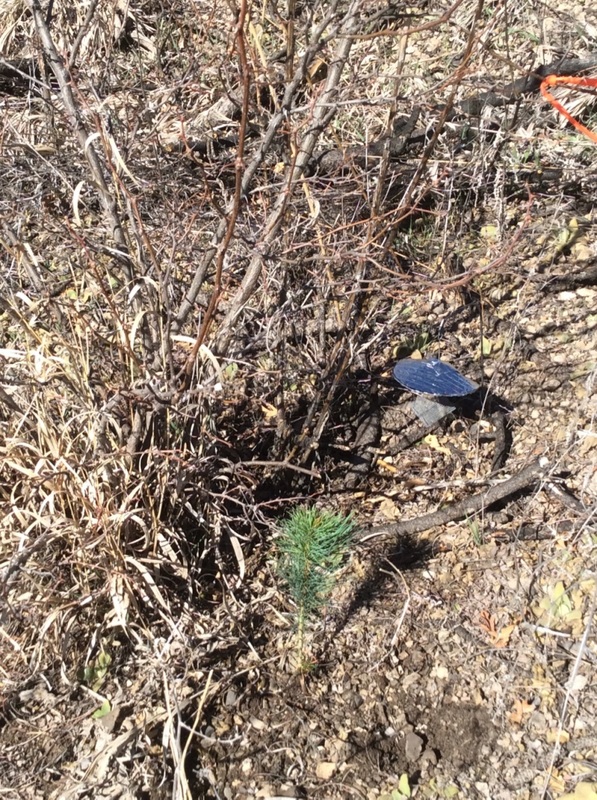
 RSS Feed
RSS Feed